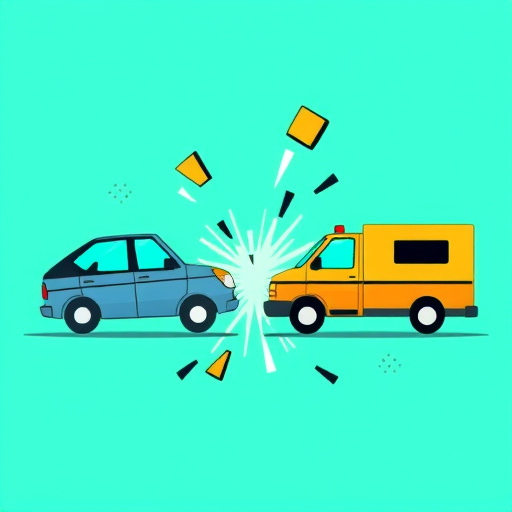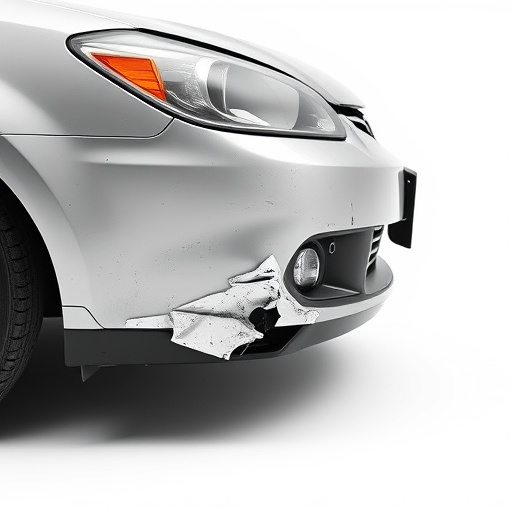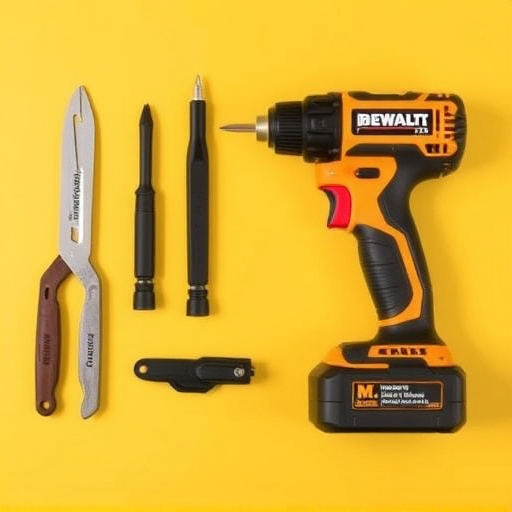Accurate project estimation in collision centers is challenging, often leading to financial losses and client dissatisfaction due to overlooked factors. A detailed "tear down for estimate" process individually analyzes each component, uncovering hidden costs. Skipping this step results in inaccurate labor and parts predictions, especially in complex fleet repairs. By thoroughly assessing every part, estimators avoid unnecessary spending and minimize delays from unforeseen issues, making it a key technique for precise estimating in automotive repair.
In the realm of project management, accurate estimating is a crucible for success. Many estimators fall into common traps like skipping detailed tear downs, leading to overruns and missed deadlines. This article explores “tear down for estimate” as a game-changer strategy. We dissect “Understanding Common Estimating Mistakes” and empower you with “The Power of Detailed Tear Downs.” Learn effective “Strategies for Accurate Estimation” to avoid pitfalls and enhance project outcomes.
- Understanding Common Estimating Mistakes
- The Power of Detailed Tear Downs
- Strategies for Accurate Estimation
Understanding Common Estimating Mistakes

Estimating projects accurately is a skill that many businesses struggle with, often leading to costly mistakes and dissatisfied clients. When it comes to tasks like fender repair or fleet maintenance in a collision center, understanding common estimating errors is the first step towards improvement. One of the most frequent blunders is failing to consider all relevant factors. A simple tear-down for estimate, where every component is meticulously analyzed, can reveal hidden costs and ensure a more precise prediction.
Ignoring detailed disassembly and examination may result in underestimating the required labor and parts, especially in complex repairs like those handled by fleet repair services. By taking time to thoroughly assess each part and its condition, estimators can avoid overspending on unnecessary replacements while also preventing delays caused by unexpected issues.
The Power of Detailed Tear Downs

A detailed tear down is a powerful tool for accurate estimating in the automotive repair industry. By meticulously breaking down a job into its individual components, repair technicians can gain a deeper understanding of the work required. This process involves dissecting vehicles or specific repair scenarios to identify every part, system, and step involved in the restoration process.
For instance, consider a vehicle collision repair where a car scratch repair might seem straightforward. A tear down would involve assessing the extent of damage, disassembling the affected panels, and meticulously measuring and documenting each step. This comprehensive approach ensures that estimators account for all potential issues, from hidden dents to complex paint correction, resulting in more precise quotes for clients. It’s a method that significantly reduces errors often made during hasty assessments, especially when dealing with diverse car repair services.
Strategies for Accurate Estimation

To achieve accurate estimates, a “tear down” approach is invaluable. This method involves breaking down a job into its smallest, most manageable components. For instance, in car scratch repair or fender repair, examine every aspect—the extent of damage, materials needed, labor required—and then reassemble these elements for a precise estimate. By doing so, you avoid the pitfalls of overestimating or underestimating, ensuring fairness for both the service provider and the client.
This strategic dissection is particularly crucial when dealing with vehicle repair. Each tear-down provides a deeper understanding of similar future projects, allowing for more consistent and reliable estimates. Remember, an accurate estimate paves the way for successful project execution and fosters trust between the repair shop and its customers—whether it’s addressing a minor car scratch or a significant fender dent.
By adopting a detailed tear down for estimate approach, you can significantly reduce common estimating mistakes. Understanding these errors and utilizing effective strategies ensure more accurate and reliable project estimates. This method, which breaks down tasks into intricate components, allows for better consideration of variables and uncertainties, ultimately leading to improved decision-making and project success.













